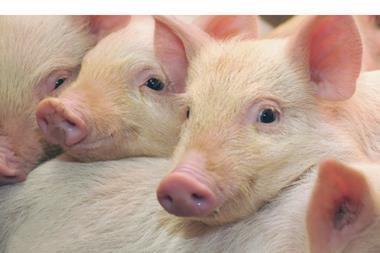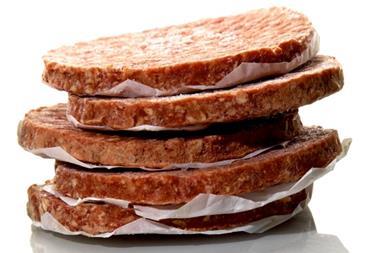Defra has launched a consultation on the regulations governing the minimum meat content of products such as burgers and sausages.
Changes are required to ensure the law in England is aligned with the new EU Food Information to Consumers (FIC) regulations and to meet the government’s Red Tape Challenge. Defra’s preferred option is for the current (2003) English meat regulations to be revoked and replaced but for rules governing minimum meat content to be retained.
Some amendments would be made, however, to align the rules with the EU legislation. For example, the stated meat content of Melton Mowbray pork pies would be amended to align it with the at least 30% meat requirement of the PGI mark.
“The UK has some specific national provisions that ensure the quality and integrity of meat products in this country. The BMPA is very keen to retain these, and we urge individual companies to participate in this consultation exercise,” said Stephen Rossides, chief executive of the British Meat Processors Association.
Defra’s favoured option would also retain a ban on certain carcase parts being used in uncooked meat products and replace frontline criminal offences with improvement notices backed by a criminal offence for failing to comply.
The British meat industry had one of the best reputations in the world for the quality of its products, said a Defra spokeswoman. “We want to ensure these standards continue to be upheld when new EU food laws come into effect next winter.”
The FIC rules and proposed changes to English law will come into effect in December 2014. The consultation will close on 6 March 2014.
Separately, new labelling regulations have been introduced stipulating that minced meat can only be labelled as ‘lean’ if it has a fat content of 7% or less and a collagen content of 11% or less. Previously, minced meat with up to 15% fat and 15% collagen could be labelled ‘lean’.
The rules are being introduced gradually to give food companies time to change labels and, if necessary, products.
All minced meat must also be labelled with the percentage of fat and collagen it contains.
Sign in to comment on this article
Not logged in before? Register for FREE guest access today.
You will be able to:
- Read more stories
- Receive daily newsletters
- Comment on stories
Advert














No comments yet